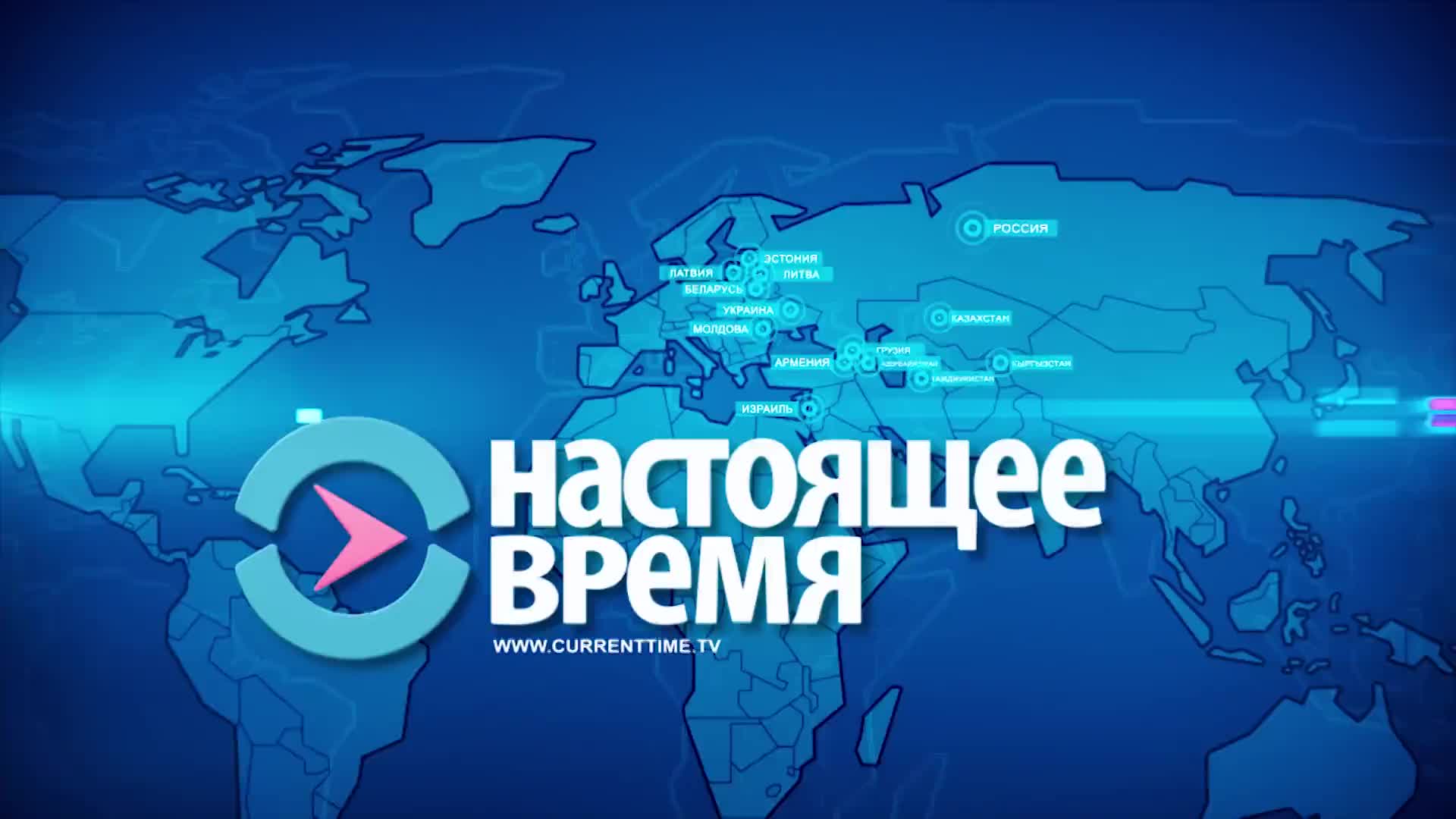Throughout 2017, Radio Free Europe/Radio Liberty’s (RFE/RL) reporting helped audiences fight the onslaught of disinformation and fake news across its coverage region. At the same time, RFE/RL made significant strides in raising the standards of its video, digital and broadcast operations, reaching audiences on their preferred media platforms with compelling content that seeks to set the agenda and inform debate in our markets.
Most notably, RFE/RL’s Current Time digital and TV network marked steady growth and expanding demand since its formal launch on February 7, 2017 as a 24/7 Russian-language alternative to Kremlin-controlled media. Current Time captured audience attention with stories across TV and the internet, many of which focused on the impact of regional politics and policies on the everyday lives of ordinary people.
Created in 2014 to provide reliable news to Russian-speaking audiences in the former Soviet space, Current Time has exploded from a single 30-minute program to a round-the-clock network, bringing dynamic reporting and fresh feature coverage to leading digital platforms, 77 distribution networks, and 47 affiliate stations in Russia and nearly 30 other countries, including the Baltics, Ukraine, Moldova, Georgia, Armenia, and Central Asia.
In cooperation with the Voice of America (VOA), Current Time places a premium on live news coverage, accompanied by robust debate — aiming to present audiences with balanced, spin-free coverage of key political events, including the March 2018 presidential elections in Russia. It has covered social and political protests that state media ignore, and reported extensively on corruption and the war in eastern Ukraine. Its feature programs have cast a more intimate light on life in Russia, Ukraine, and beyond, telling the untold stories of ordinary residents in unheralded places whose efforts are improving life for their neighbors and communities. Still other programs spotlight start-up businesses, food and travel, and satire. The channel’s documentary series has opened a wider world of experience to its audiences by screening 100 films on its platforms that are often barred from mainstream distribution in Russia because of political content.
Online, Current Time’s RFE/RL-based digital team was the first in the Russian-language news market to pursue a distributed content model, focusing on adapting video content for mobile and social audiences. Its innovative social media videos, designed for younger audiences and particularly successful inside Russia, were viewed 400 million times in 2017. The channel’s subscriber base on Facebook and Russian-language social media sites like VKontakte tripled during the year, and the channel’s YouTube page grew from 35,000 subscribers to 220,000. Current Time has nearly 1 million subscribers across all social media.

Leave a Reply